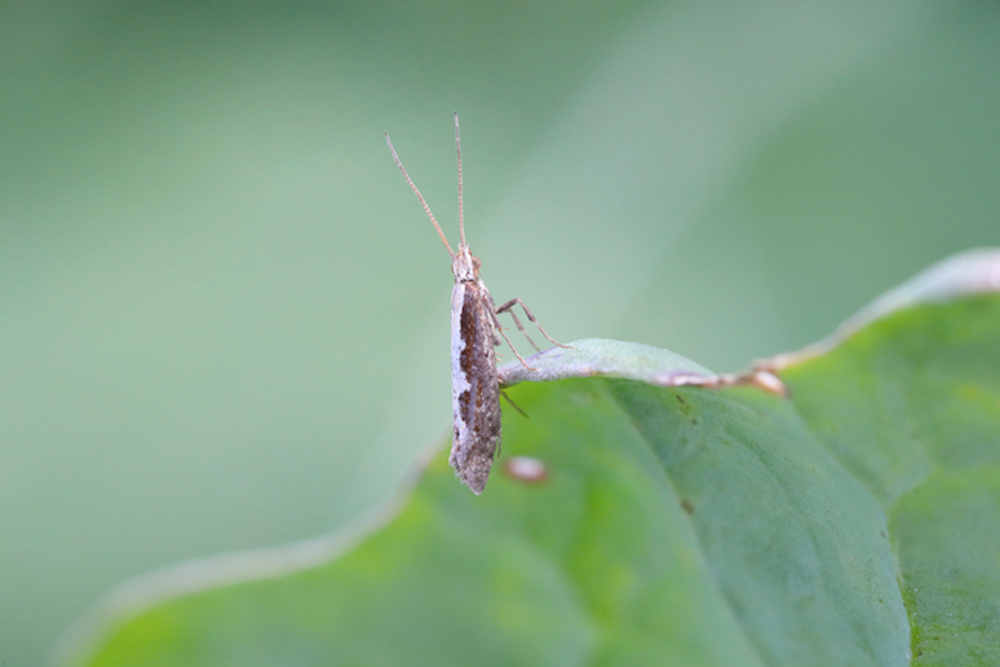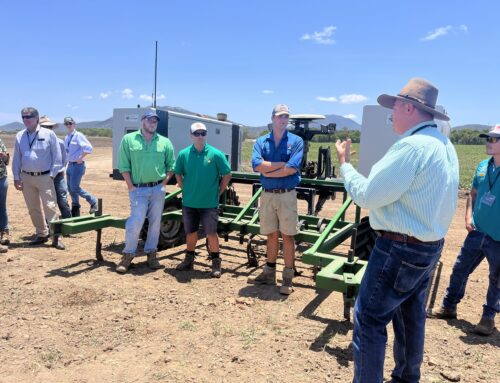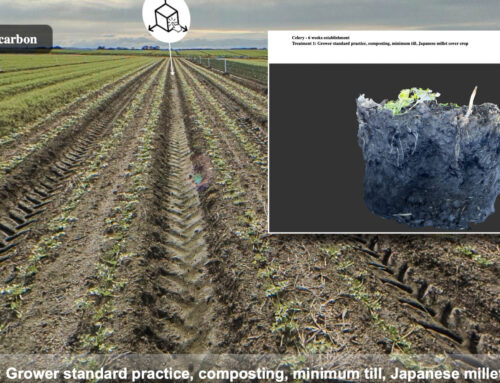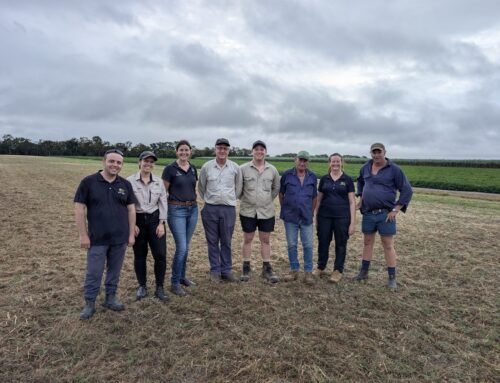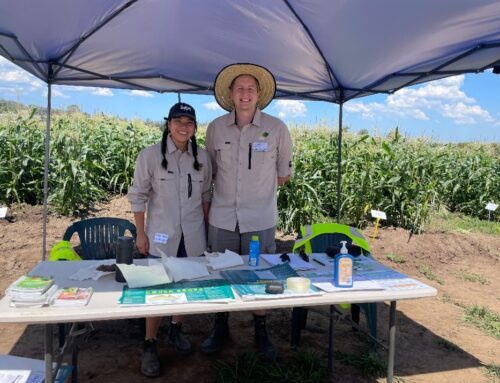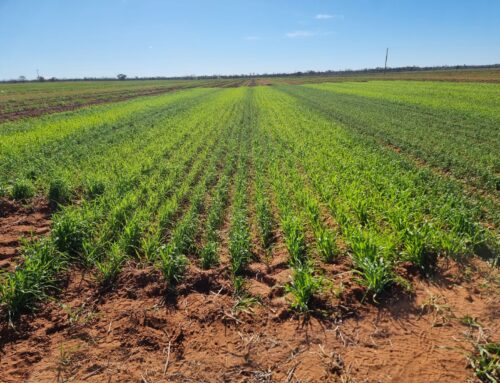Diamondback moth (Plutella xylostella, DBM) is a major pest of brassica crops in Australia and elsewhere in the world and has an ability to rapidly develop resistance to insecticides. In the late 1940s it was the first agricultural pest in the world to develop resistance to DDT and has continued to develop resistance to most of the insecticides that have been used against it since then.
In recent years in warmer areas of Australia where brassicas are grown, DBM has developed resistance to most available insecticides including the Group 28 insecticides such as Coragen and Belt. This is a setback for integrated pest management (IPM) programmes because these products are soft on beneficial species and worked well against caterpillars including DBM.
Resistance to the Group 28 insecticides has now been observed in southern states, including Victoria and Tasmania.
What to expect
Although resistance to most available products has been detected in DBM it does not mean that they will totally fail immediately. When pest pressure is relatively low and application is good, then the level of control will likely be acceptable. But when the pest pressure is high and for whatever reason the application is not perfect then damage can be expected.
A control strategy that involves pesticides only puts a lot of pressure on the pesticides and will lead to resistance developing more rapidly than if biological and management methods are also involved.
An IPM strategy involves using biological control (predators and parasites) along with management methods that encourage beneficial species and also using selective insecticides where necessary. Most beneficial species occur naturally but it is also possible to buy and release the most important parasitoid wasp (Diadegma) that kills DBM caterpillars. Of course, it is only worth buying these if they are not going to be killed by applications of broad-spectrum insecticides.
There are selective insecticides that are available for DBM control but they need to be applied carefully and consider factors such as rate used, stickers or wetters to add, time of day to spray and the life stage to be targeted.
If broad-spectrum insecticides are used then it would be best to apply them late in the life of the crop when beneficial insects have done their job, but this would still mean a loss of beneficial species to move to later plantings.
This article was written by Dr Paul Horne from IPM Technologies. For further information, please contact Paul at paul@ipmtechnologies.com.au

